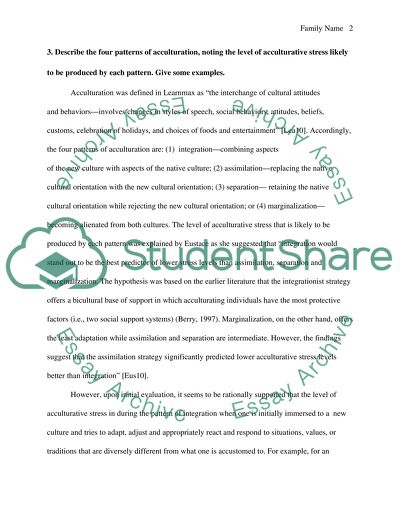Cite this document
(“Stress Essay Example | Topics and Well Written Essays - 1250 words”, n.d.)
Retrieved from https://studentshare.org/psychology/1428295-stress
Retrieved from https://studentshare.org/psychology/1428295-stress
(Stress Essay Example | Topics and Well Written Essays - 1250 Words)
https://studentshare.org/psychology/1428295-stress.
https://studentshare.org/psychology/1428295-stress.
“Stress Essay Example | Topics and Well Written Essays - 1250 Words”, n.d. https://studentshare.org/psychology/1428295-stress.


